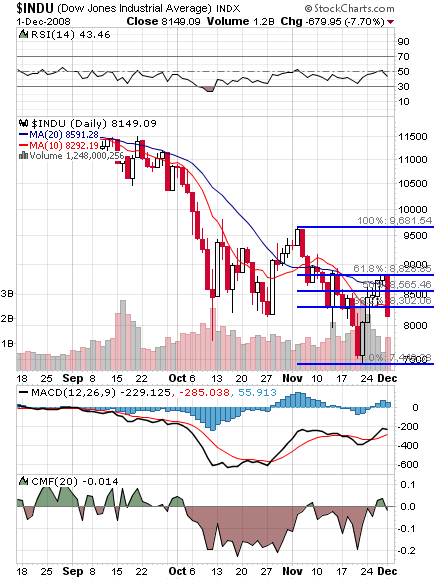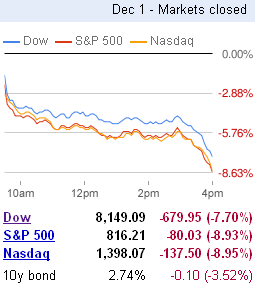When traders start trading options, they learn as much as possible about calls and puts and rush out to buy some contracts hoping for a big move and a big profit. When that doesn’t happen, there’s two possible routes a trader will take. The first type of trader will rush out and buy another contract on something and hope that one is profitable. The second kind of trader will analyze his/her trades and try to determine why it didn’t work. These are the two main possbilities excluding the small variations on these scenarios.
When a trader buys a call or a put and the stock moves away from the intended direction or stays put the trader loses money. In some cases even if the stock moves in the correct direction, the options still loses premium and the trader can’t make profit. Meet Theta. The time decay. The time decay on an option will accelerate as the expiration draw near. Closer to expiration the time decay on an option can be so much as to negate any small move by the underlying in the correct direction. So a buyer is losing money unless the stock makes a good move.
On the other hand, the seller of the option is liking the time decay with each passing day. For a seller the time value of an option is on a one way road. It’s decreasing and never increasing. This means if the seller can sell the correct option and use the correct strike, he or she can be a happy trader at expiration.
This is where a trader must learn new strategies and advanced option strategies that are designed to benefit from certain scenarios. Butterflies, Iron Condors, Condors, Vertical Spreads, Calendar Spreads, etc.
I am moving towards learning about selling Vertical spreads and incorporating this strategy as part of my money making strategy. I will discuss some of the option strategies in the coming posts. I will post more about selling the option premium instead of buying it.

